
All educated people are well aware of the process of ancient Greek colonization in the basin of the Mediterranean and Black Seas. The resulting cities and even kingdoms made a huge contribution to the development of ancient civilization. Take a look at the map. The Mediterranean basin looks miniature compared to the World of the seas and islands southeast of India in the Indian and Pacific basins. The colonization of these territories by the inhabitants of India lasted more than 1500 years and was accompanied by the transfer of languages, writing, knowledge and traditions of the inhabitants of Hindustan to this region. A huge number of states and the most beautiful cities and temples prospered, and then disappeared covered with jungle. The first of four articles devoted to the history of Greater or Far India, as these territories were called by the Hindus themselves, is brought to your attention. The territory that we will talk about occupies the modern territory of Indochina, Thailand, Malacca and the islands of the Sunda archipelago. Like the inhabitants of Europe, who later colonized new lands, they later gave the new settlements borrowed names from India. So came Cambodia, Singapore, Ayodhya, Taxila. 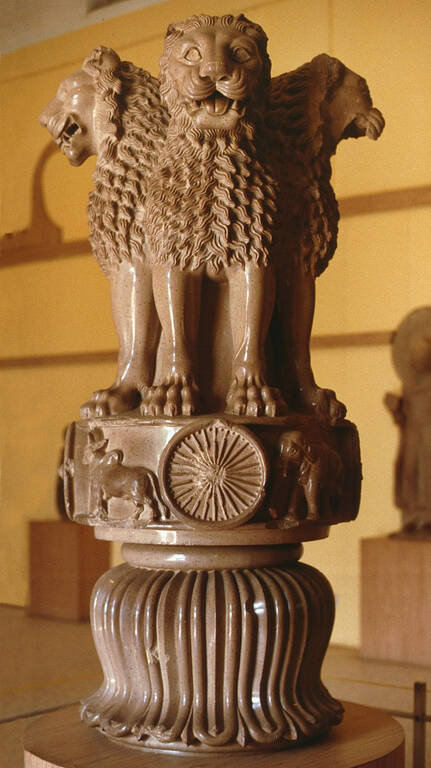 The beginning of the process of colonization is traditionally considered to be 261 BC. when, as a result of a bloody war, the Kalinga region (in the modern state of Orissa) on the east coast of India was annexed to the Mauryan Empire led by Ashoka.
The beginning of the process of colonization is traditionally considered to be 261 BC. when, as a result of a bloody war, the Kalinga region (in the modern state of Orissa) on the east coast of India was annexed to the Mauryan Empire led by Ashoka.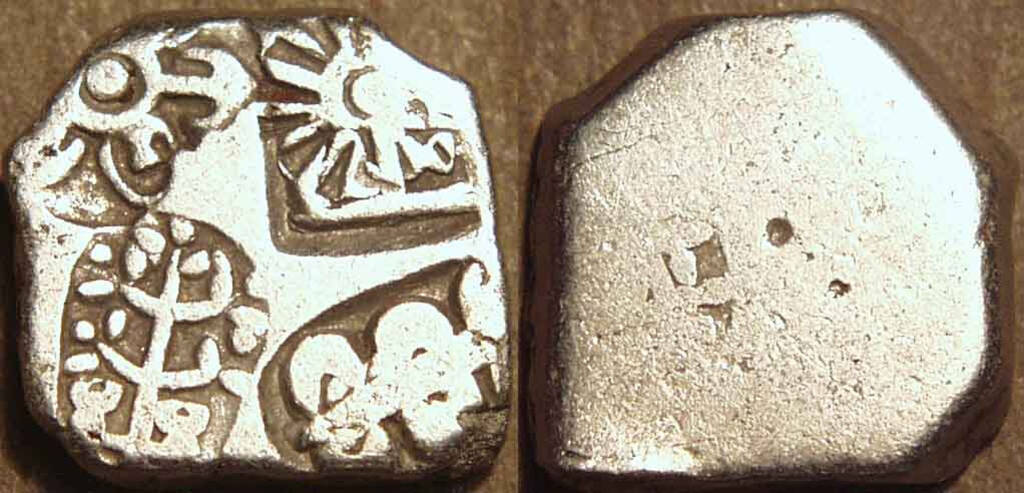 On the map, a small area on the coast of the Bay of Bengal is shaded in gray.
On the map, a small area on the coast of the Bay of Bengal is shaded in gray. 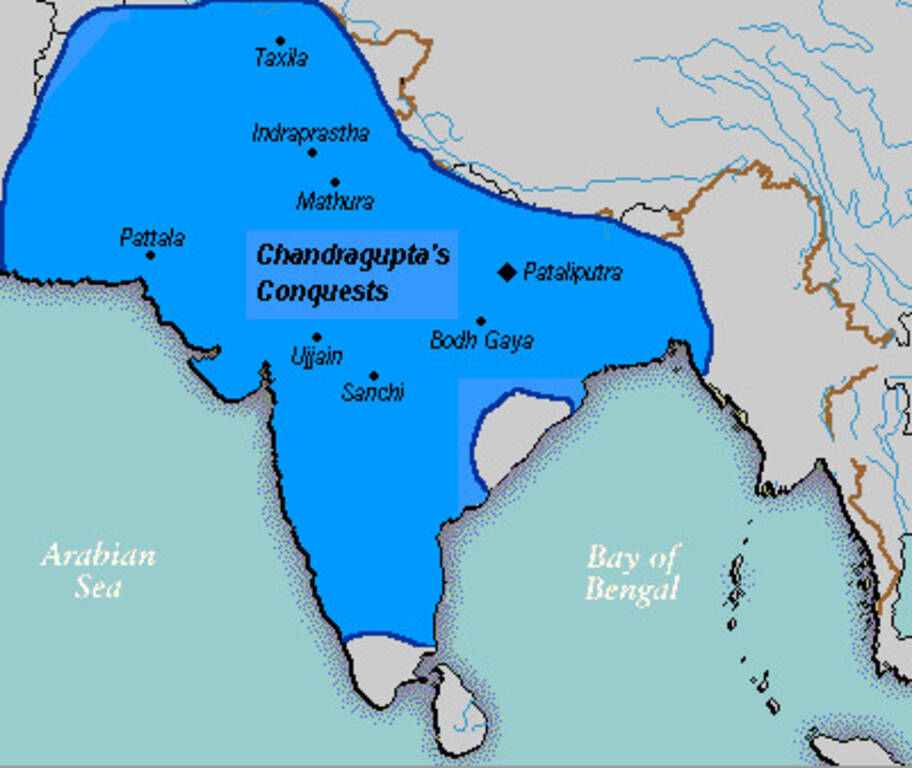

Lion Capital of Ashoka

Coin of Mauryan Empire, 4-2 cent b.c.

Mauryan Empire before Kalinga war
Part of the defeated inhabitants of Kalinga managed to move to the islands of Java and Sumatra, bringing Hinduism there. In the future, from the 1st to the 7th centuries, the main flow of immigrants will be Hindus who sought refuge in the conditions of the triumph of Buddhism in most of India. 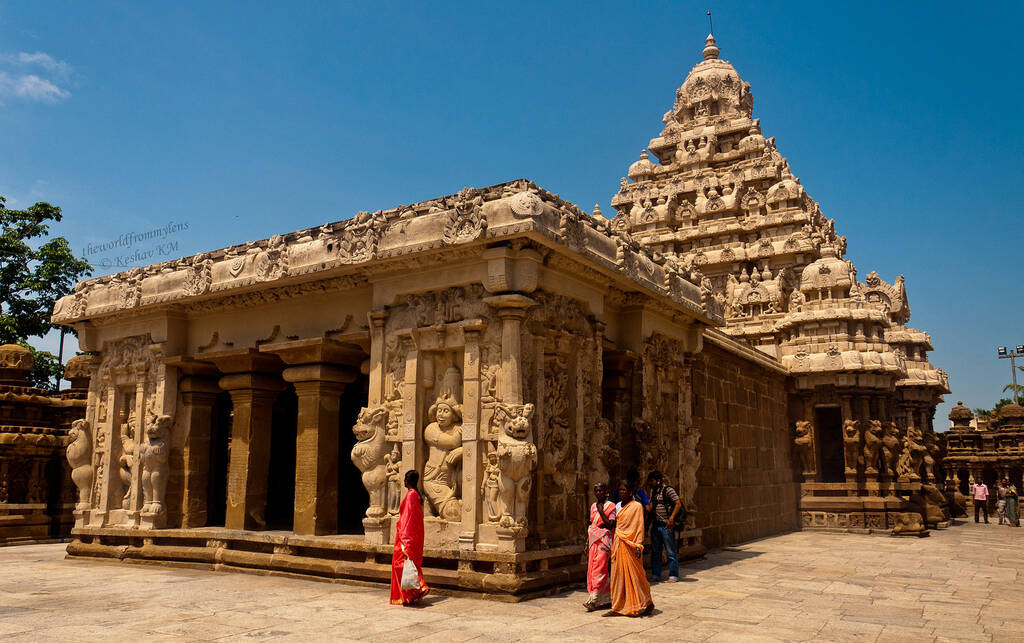 From the 3rd century, systematic colonization was led by the Pallava empire, which flourished in South India from the 3rd to the 9th century.
From the 3rd century, systematic colonization was led by the Pallava empire, which flourished in South India from the 3rd to the 9th century.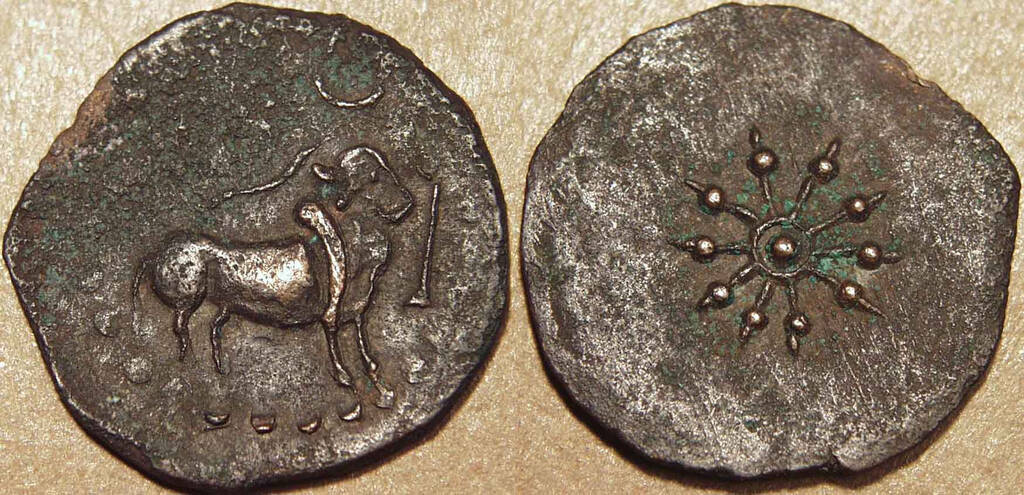

Pallava dynasty, Kanchikuram temple, late 7th century.

Coin of the Pallavian Empire 642-655
For more than 1400 years, Hindu and Buddhist states coexisted and fought in the Far Eastern world of the islands. If before the 7th century the main flow of emigrants were Hindus, then from the 8th century Buddhists began to move. Buddhism as a religion was not adapted to the realities of India, Buddhist monks did not keep practical knowledge, unlike the Brahmins, they did not try to participate in the life of communities and government. In the context of the beginning of the onset of the forces of Islam, this led to the restoration of the role of Hinduism. The philosopher and religious reformer Shankaracharya played a special role in this. from the 1st to the 3rd century AD e. in Malacca, Kalimantan, Sumatra, Java and other island and peninsular territories, there were several dozen state entities. The largest of them in the 4th century were Kutai in eastern Kalimantan and Taruma, in the western part of the island of Java. 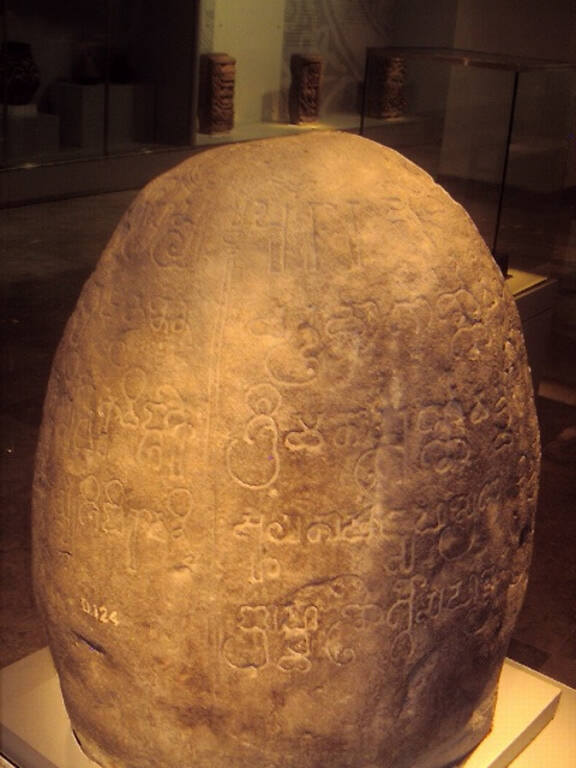 Taruma was founded in 358 as a Hindu state and flourished through maritime trade. In 650-670, it was captured by the Buddhist empire of Srivijaya.
Taruma was founded in 358 as a Hindu state and flourished through maritime trade. In 650-670, it was captured by the Buddhist empire of Srivijaya.

Fragment of chronicle on stone, Taruma.
The state of Kutai, due to its remote position, retained its independence and Hindu character until the arrival of the Europeans.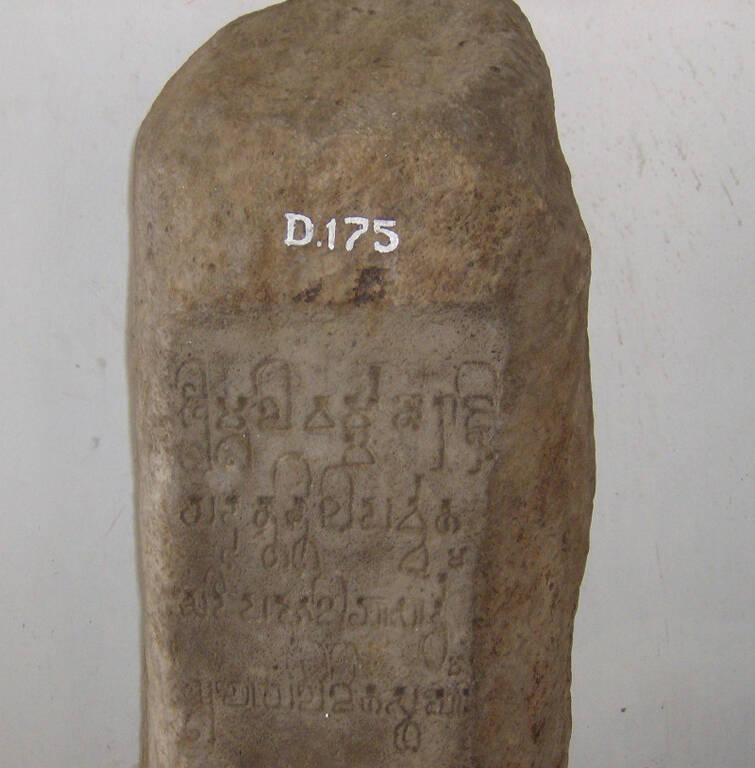

Kutai, a stone with an inscription
The next article in this series will consider the empire of Cambodia and the greatest temple complex Angkor Wat.
